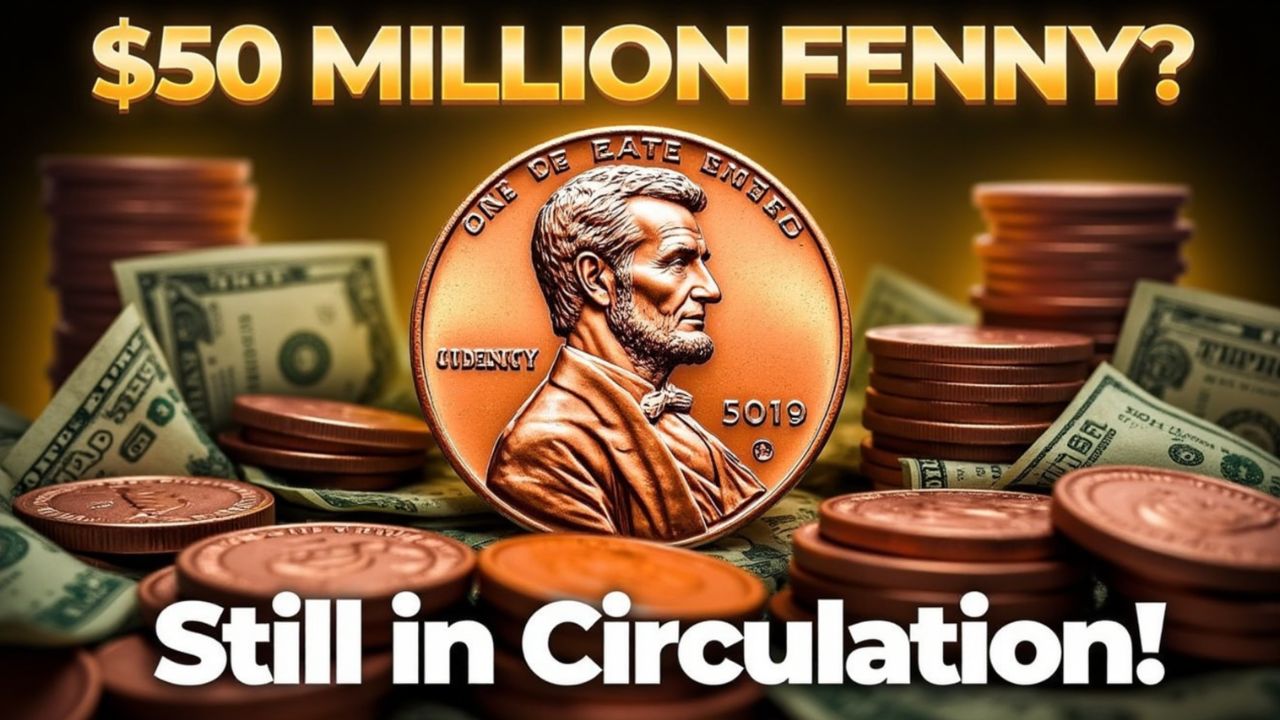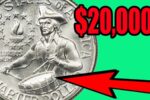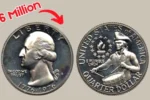The Lincoln Wheat Penny Valued at $50 Million, Still in Circulation?
Finding a rare coin in your pocket change might seem like a fantasy, but some stories make people believe it’s possible. One such story is about the Lincoln Wheat Penny, a small copper coin that has created a massive buzz among coin collectors and curious people alike. Some versions of this penny, especially one rumored to be worth $50 million, have caught everyone’s attention.
Could a penny really be worth that much? Is it still out there in circulation? This article breaks down everything you need to know about the Lincoln Wheat Penny — what makes it valuable, how to spot it, and whether one could still be floating around in everyday use.
Overview Table – Lincoln Wheat Penny Facts
| Feature | Details |
|---|---|
| Name | Lincoln Wheat Penny |
| Years Minted | 1909 to 1958 |
| Metal Composition | 95% Copper, 5% Tin and Zinc (mostly) |
| Most Valuable Known Example | 1943 Bronze Lincoln Penny |
| Estimated Value (Top Example) | $50 million (rumored, rare condition) |
| Still in Circulation? | Possibly, in very rare cases |
| Common Design Feature | Wheat ears on reverse side |
| Key Identifiers | Mint marks, year, weight, metal type |
Design & Historical Background
The Lincoln Wheat Penny, also known as the “Wheat Cent,” was first minted in 1909 to mark the 100th birthday of Abraham Lincoln. It was the first U.S. coin to feature a real person’s face and stayed in circulation until 1958, when the design was changed to the Lincoln Memorial.
The obverse (front) of the coin shows a profile of President Lincoln, while the reverse (back) features two wheat ears and the words “ONE CENT” and “UNITED STATES OF AMERICA.” The design is simple, but it has become iconic over time.
Some specific years and mint errors make certain Wheat Pennies extremely rare — and in the world of coin collecting, rarity equals value.
What Makes a Lincoln Penny Worth $50 Million?
Now to the big question — how can a one-cent coin be worth $50 million? It all comes down to rarity, condition, and error.
1. The 1943 Bronze Wheat Penny
During World War II, copper was needed for the war effort. So in 1943, the U.S. Mint made pennies out of zinc-coated steel. But by mistake, a few 1943 pennies were struck in bronze (copper).
Only a few of these coins are known to exist. Most are in private collections or museums. One of them, in near-perfect condition, is said to be valued around $50 million by collectors due to its extreme rarity and perfect grade.
2. Perfect Grading
Coins are graded based on their condition. A coin graded MS70 (Mint State 70) is flawless and extremely rare. The 1943 bronze penny that is believed to be worth millions was graded near perfect, which adds to its sky-high value.
3. Rarity + History
Anything rare, historic, and in demand can reach incredible prices. This penny checks all those boxes.
Could This Penny Still Be in Circulation?
Technically, yes — but it’s extremely unlikely. Over the years, most rare coins have been pulled from circulation by collectors. But every now and then, someone finds an old coin in a drawer or jar that turns out to be valuable.
You probably won’t find the $50 million penny in your change, but it’s not impossible. Some rare Lincoln Wheat Pennies, even if not worth millions, can be worth hundreds or thousands of dollars, and they do show up from time to time.
So it’s always worth checking your pennies — especially the ones with dates from 1909 to 1958.
How to Spot a Valuable Lincoln Wheat Penny
If you want to check your pennies for treasure, here are some key things to look for:
-
Date: Look for 1943, 1909-S VDB, 1914-D, or 1955 Doubled Die — these are some of the rarest.
-
Mint Mark: Found under the date. “S” is for San Francisco, “D” for Denver, and no mark means Philadelphia.
-
Weight: A 1943 bronze penny will weigh more (about 3.11g) than a steel one (2.7g).
-
Magnet Test: Steel 1943 pennies stick to magnets. Bronze ones don’t.
-
Condition: The shinier and sharper the details, the higher the value.
If you suspect you have a rare coin, it’s a good idea to get it graded and verified by professionals.
FAQs – Frequently Asked Questions
1. Is the $50 million penny real or a rumor?
The penny exists — it’s a 1943 bronze Lincoln Wheat Penny — and its estimated value is based on rarity and condition. While $50 million is on the high end, it shows how prized this coin is.
2. How do I know if my 1943 penny is valuable?
Check if it sticks to a magnet. If it doesn’t, it might be one of the rare bronze pennies. Then weigh it and get it checked by a coin expert.
3. Where can I sell a rare penny?
You can sell it through auction houses, coin dealers, or online marketplaces. But always get it professionally graded first.
4. What is the most common Wheat Penny year?
Years like 1944, 1956, and 1957 are very common and usually only worth a few cents unless they’re in mint condition.
5. Can banks identify rare pennies?
No, banks don’t check coins for rarity. You’ll need to consult a numismatist (coin expert) or a coin grading service.
Final Verdict
The idea that a penny could be worth $50 million might sound unbelievable, but in the world of coin collecting, it’s completely possible. The 1943 bronze Lincoln Wheat Penny is one of the most legendary coins in American history — not because of its face value, but because of its rarity, historical background, and perfect condition.
While the chances of finding this exact coin are slim, many valuable pennies are still out there. It takes just a few seconds to check your change or old coin jar — and you never know, you might be holding a piece of history worth thousands or even millions.













